Icy images: Antarctica will amaze you in incredible aerial views
Polar exploration

During the new Antarctic surveys, "we'll survey some glaciers that, as far as we can tell, no one has surveyed with a laser and a radar previously, to map surface elevation and ice thickness," said Joe MacGregor, IceBridge's deputy project scientist and a glaciologist at NASA's Goddard Space Flight Center, as reported by NASA Earth Observatory. "That meets the definition of Antarctic exploration," he added.
Ice and penguins
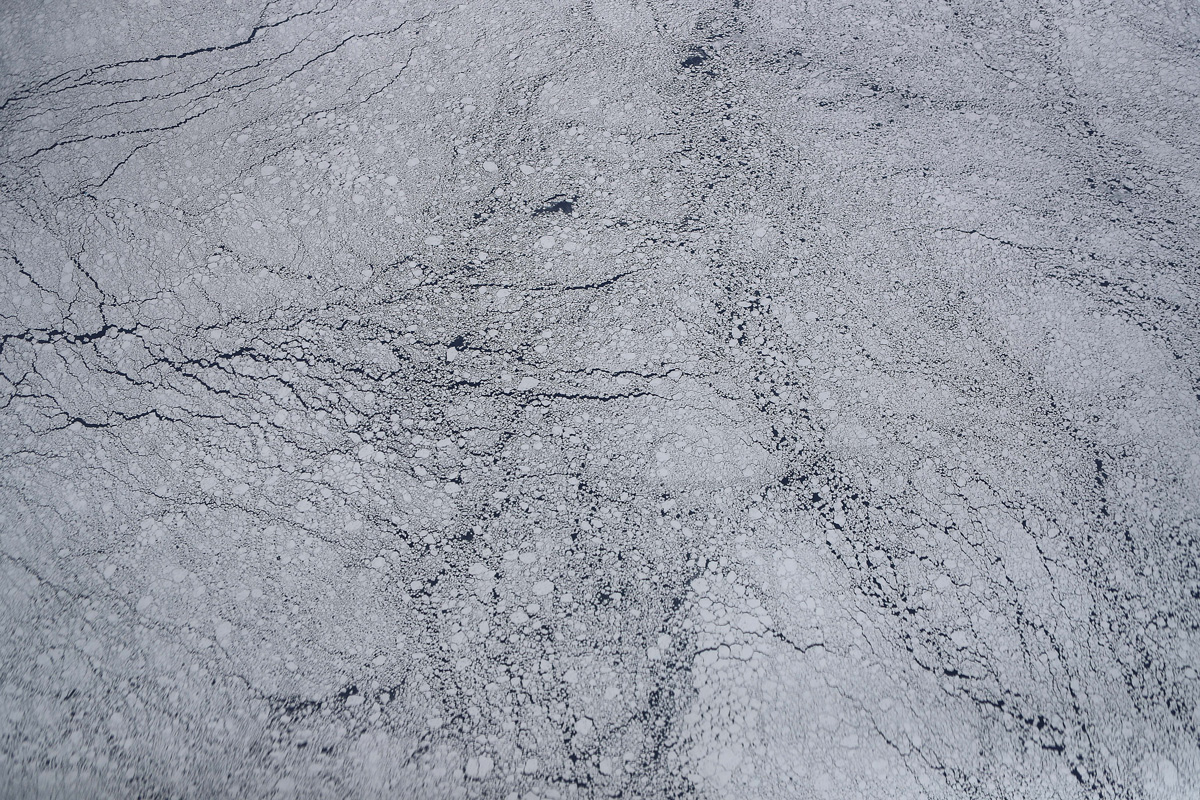
West Antarctica, where the current survey took place, is made up of several ice-covered islands. According to NASA, you could think of it as Hawaii, but with penguins.
Losing ground
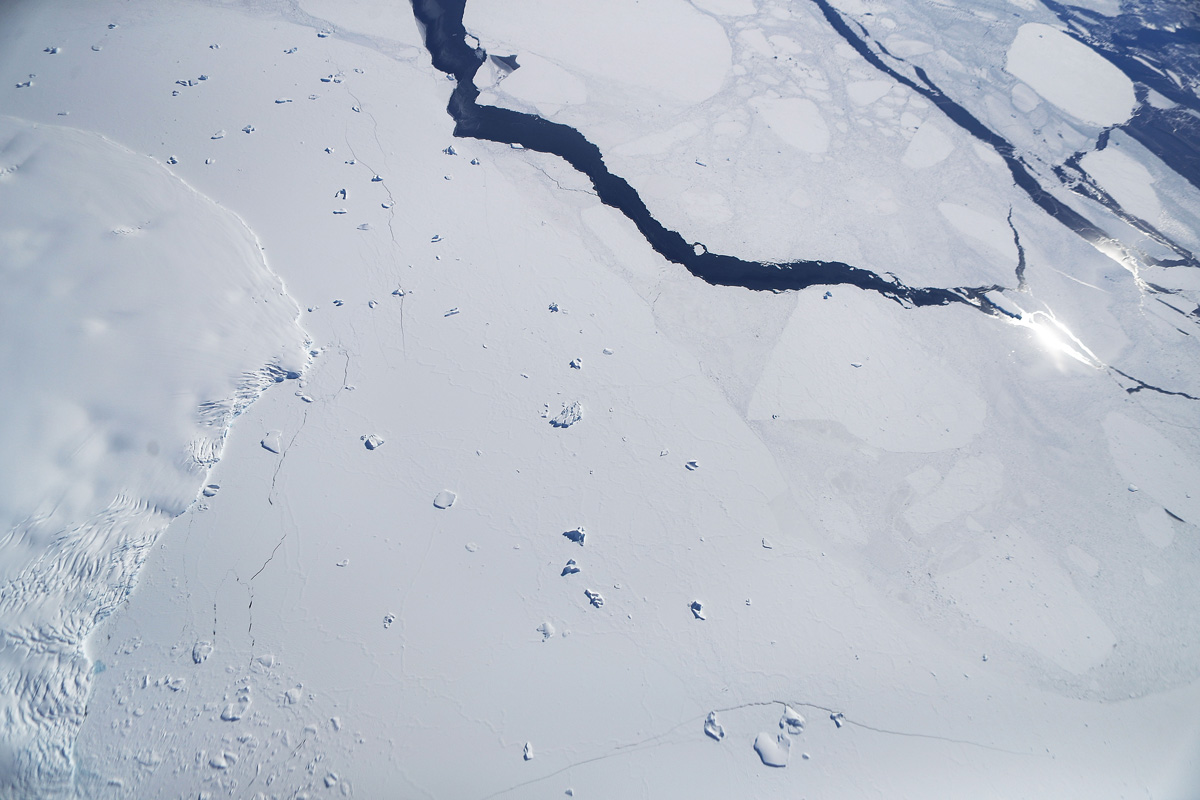
Using data gathered by the IceBridge mission, NASA researchers found that the West Antarctic Ice Sheet may be in a state of irreversible decline. The collapse of this ice sheet would directly contributing to rising sea levels.
Frozen life
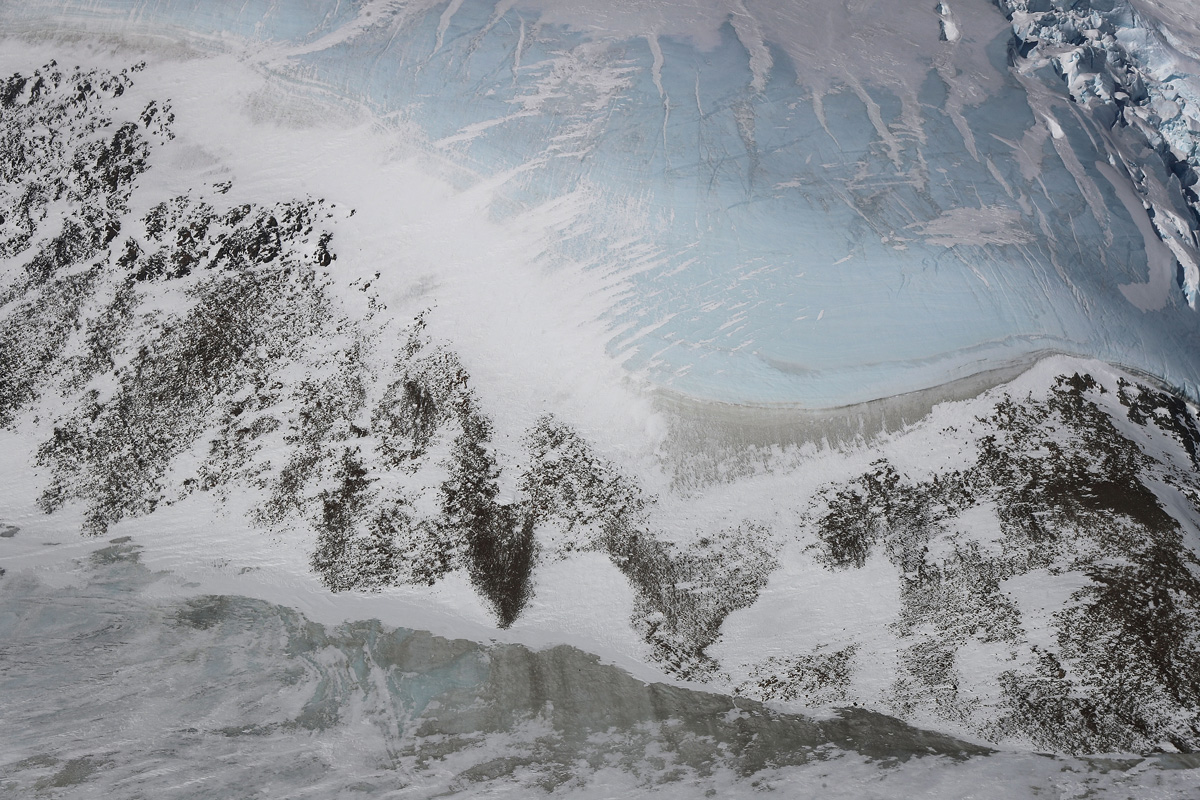
It is so cold on the southernmost continent that no plants except moss and algae call it home.
Aerial view
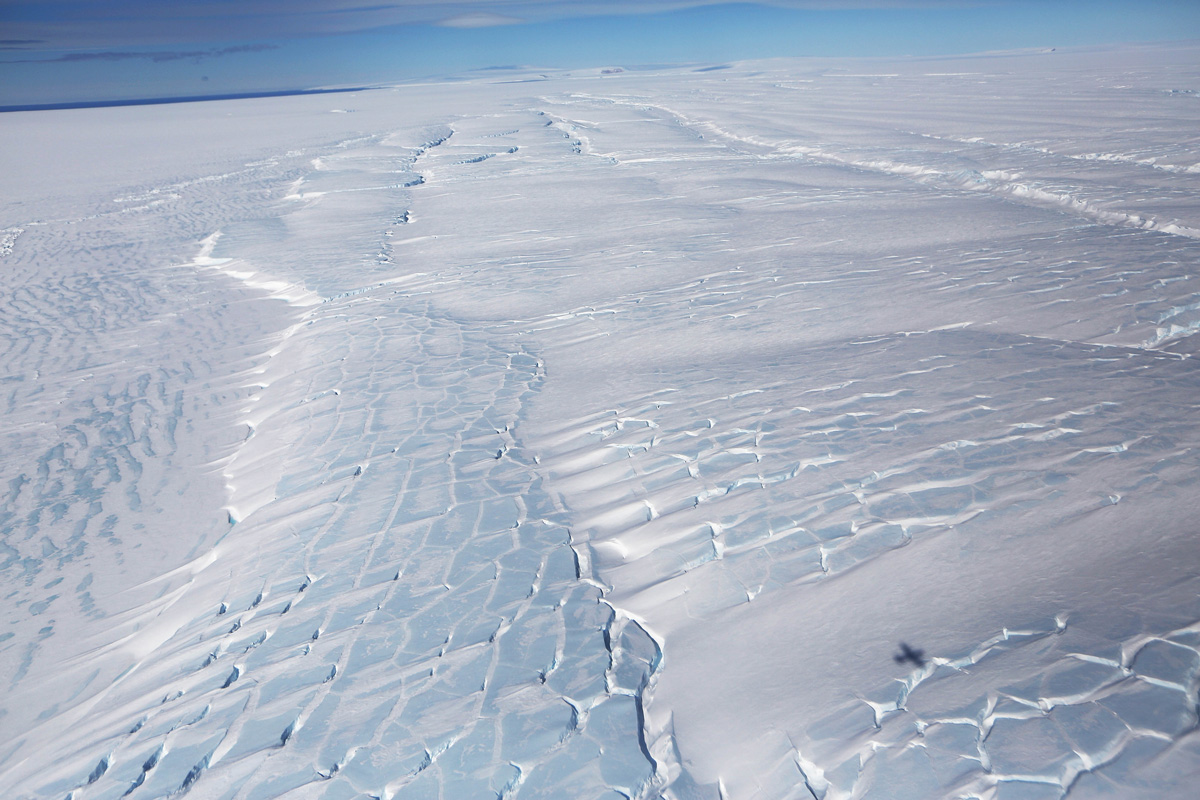
Another view of sea ice from NASA's Operation IceBridge research aircraft in the Antarctic Peninsula region, on Nov. 3, 2017, above Antarctica.
Floating cubes
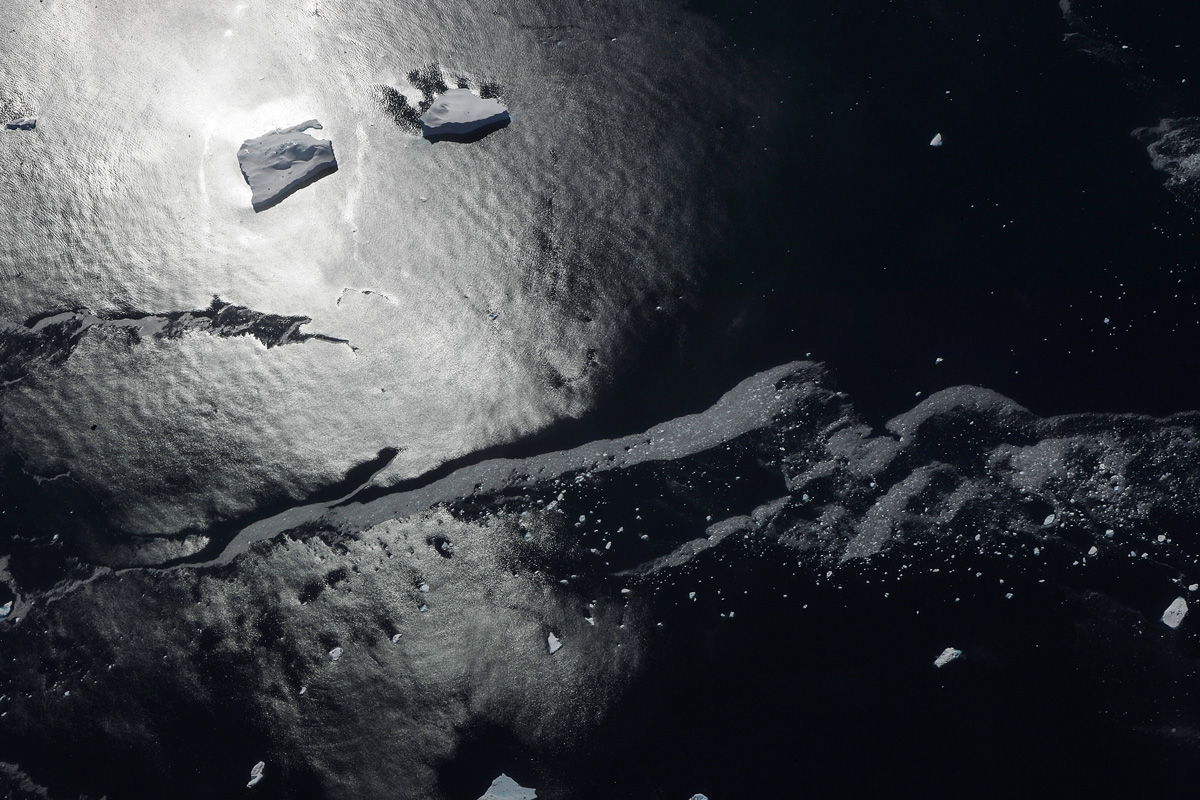
Icebergs, which come in all shapes and sizes, are chunks of ice that have broken off (or calved) glaciers, ice sheets or bigger icebergs. Most of the icebergs on Earth hang out either in the chilly waters surrounding Antarctica or in the North Atlantic Ocean, according to the National Snow and Ice Data Center (NSIDC).
Icy discoveries
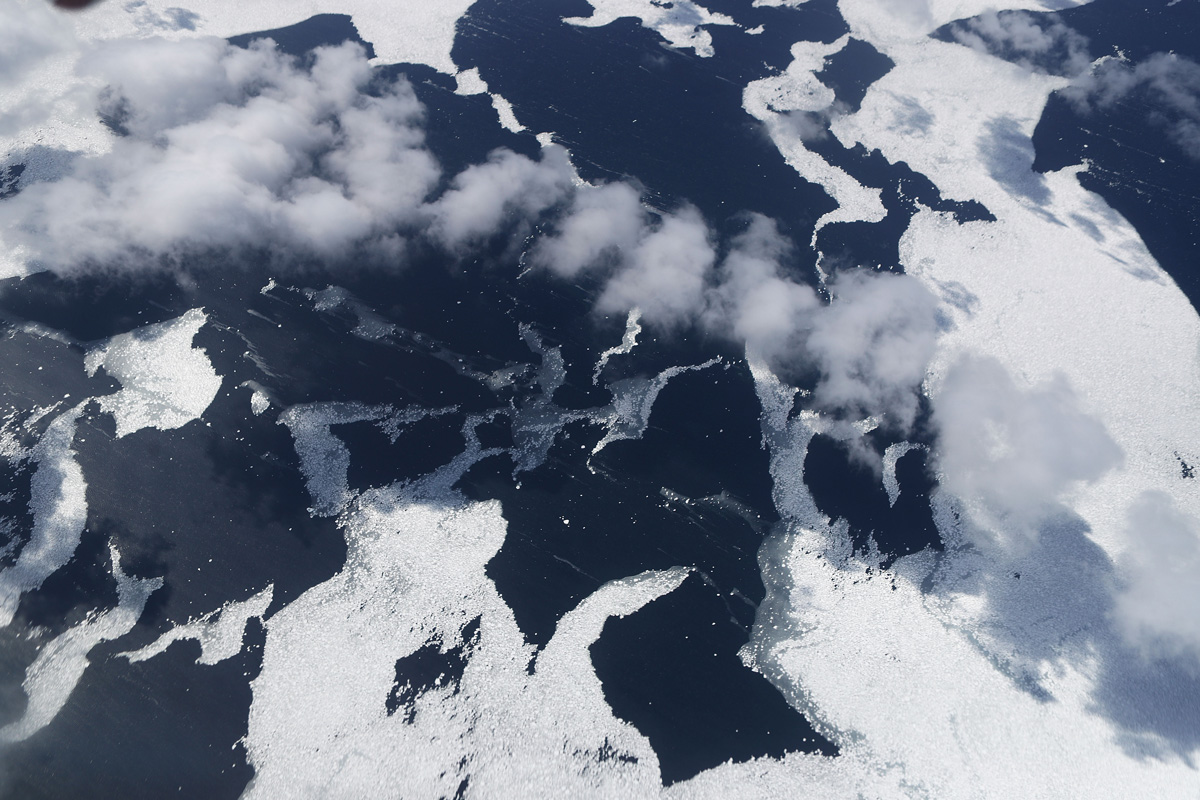
"For nine years, NASA’s Operation IceBridge has been flying over Antarctica to measure changes in land and sea ice at the bottom of the world," NASA said in a summary of the project. More icy findings to come as scientists analyze the data and conduct more research flights.
Get the world’s most fascinating discoveries delivered straight to your inbox.
Jeanna Bryner is managing editor of Scientific American. Previously she was editor in chief of Live Science and, prior to that, an editor at Scholastic's Science World magazine. Bryner has an English degree from Salisbury University, a master's degree in biogeochemistry and environmental sciences from the University of Maryland and a graduate science journalism degree from New York University. She has worked as a biologist in Florida, where she monitored wetlands and did field surveys for endangered species, including the gorgeous Florida Scrub Jay. She also received an ocean sciences journalism fellowship from the Woods Hole Oceanographic Institution. She is a firm believer that science is for everyone and that just about everything can be viewed through the lens of science.


